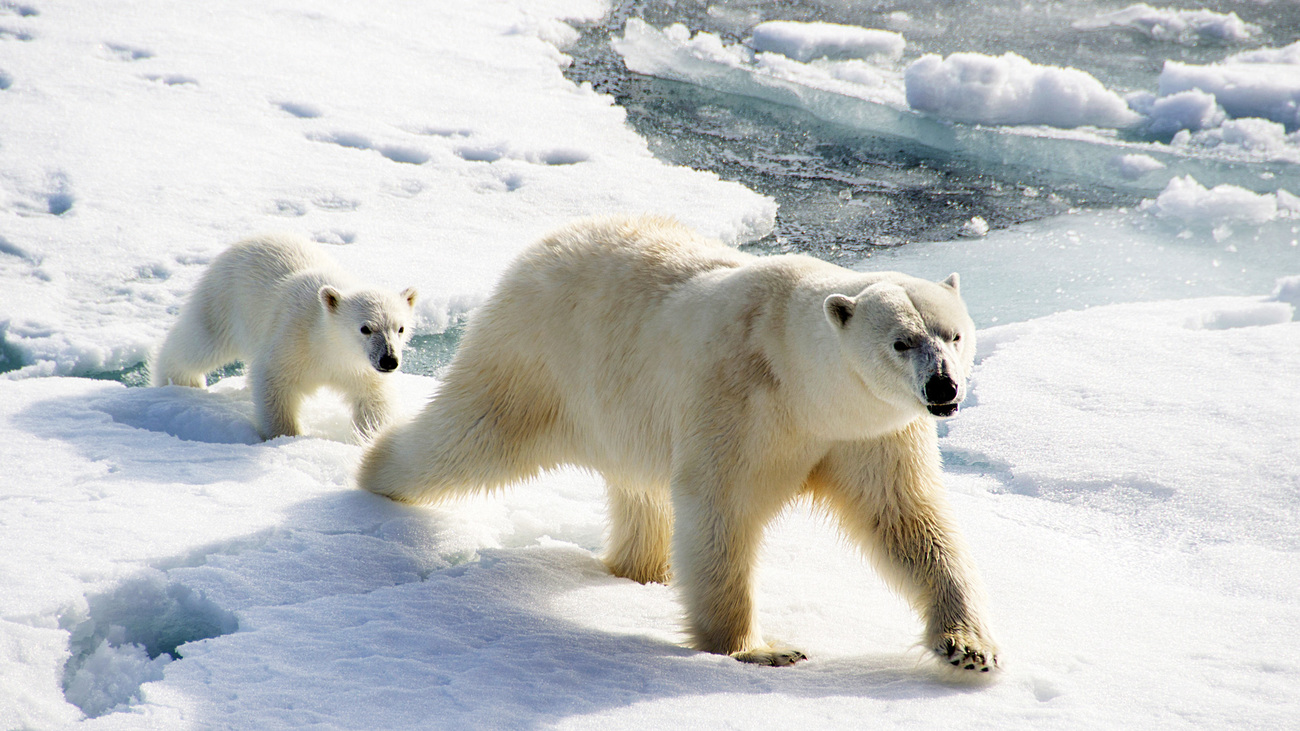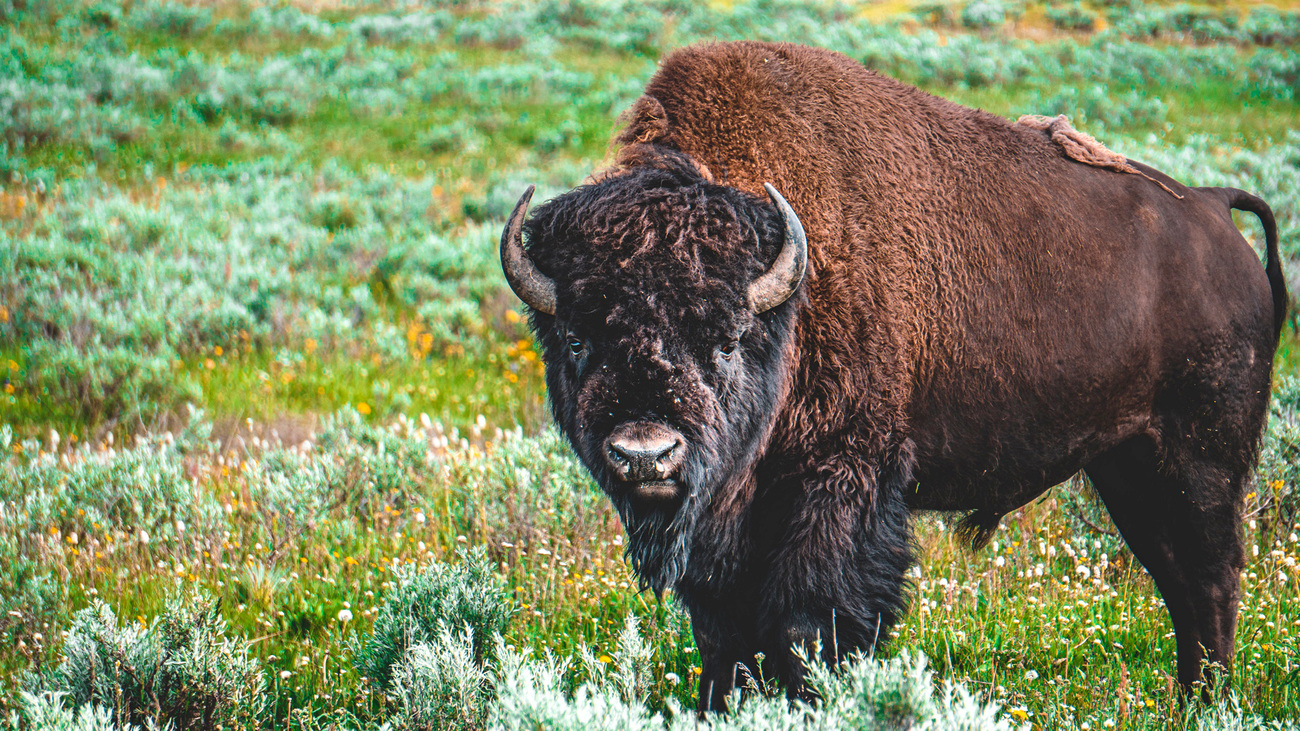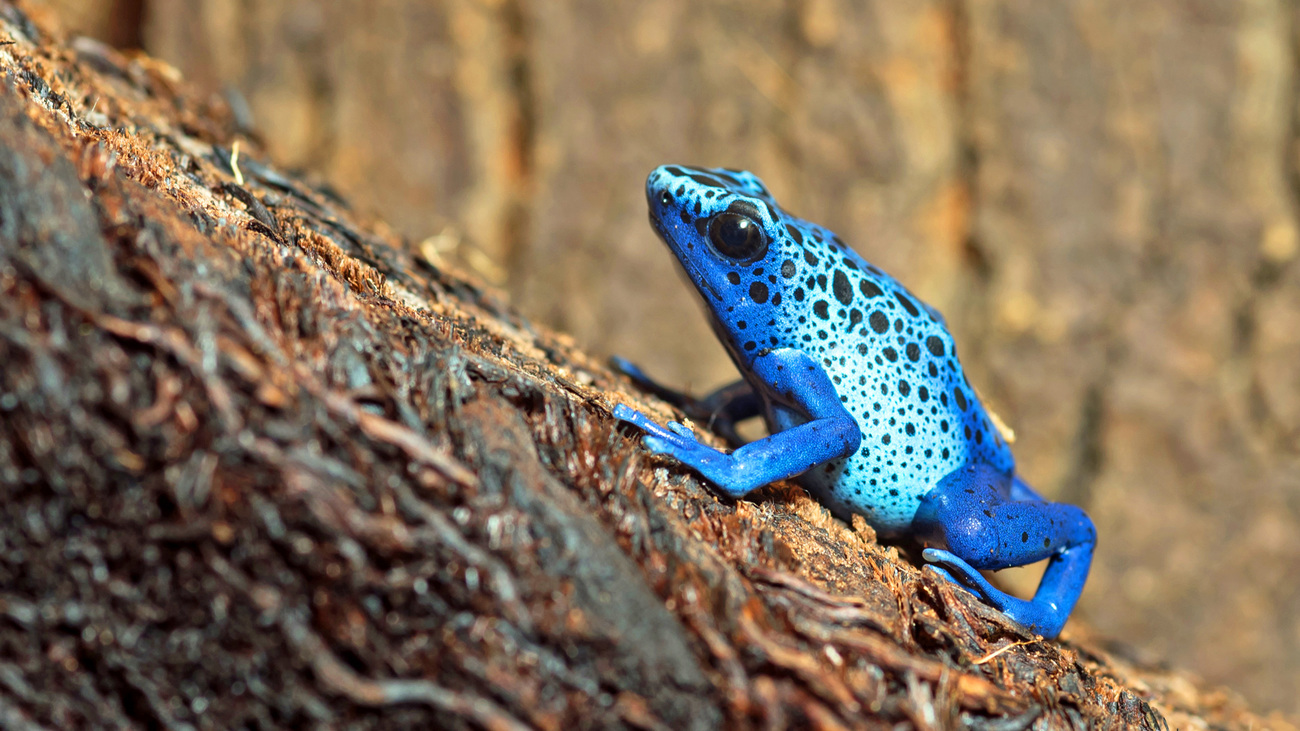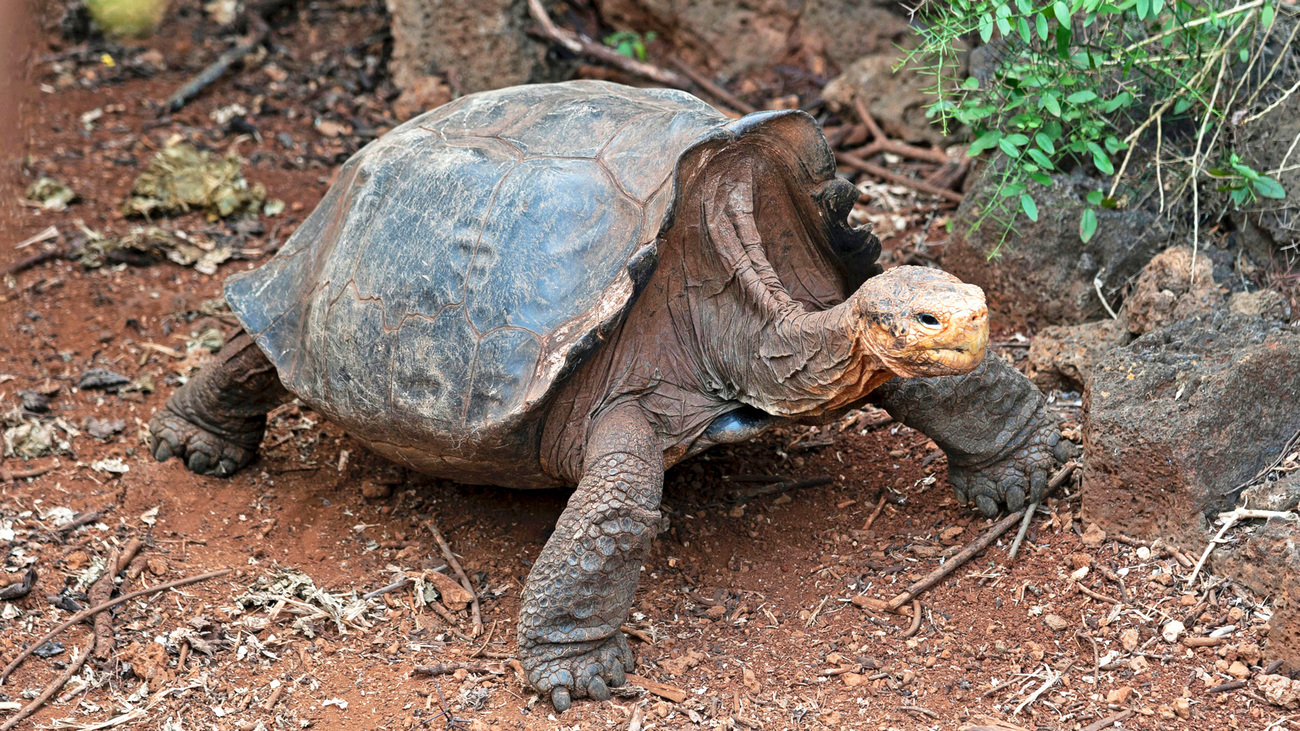Matt Collis
Policymakers’ decisions about wildlife have to be seen as an integral part of governance—not just an add-on.
We may have hit 1.5 °C of warming. What will that mean for wildlife?
If you felt the heat last year, you weren’t alone: according to reports, 2024 marked the first calendar year where for all 12 months, average global temperatures remained at least 1.5 °C above pre-industrial times. When 196 countries created the Paris Agreement in 2015, they vowed to limit the temperature increase to ‘well below’ 2 °C and pursue efforts to limit it to 1.5 °C in order to prevent the most dangerous climate impacts.

So, does this breach of that limit mean we failed? In short, no—and every additional bit of warming prevented could mean the difference between survival and extinction for vulnerable wildlife around the globe.
While the European Copernicus Climate Change Service, a major global climate data provider, recorded this temperature milestone in 2024, the Intergovernmental Panel on Climate Change (IPCC), the leading global authority on climate science, doesn’t consider that level of warming to officially have been reached until it has been consistent for a decade or longer. By that metric, the Earth has warmed at least 1.1 °C since pre-industrial times. However, the problem with this methodology is that it means we won’t know the limit has been breached until after the fact.
Anyone paying attention to the news (or just the temperature outside recently) has witnessed new high-temperature records set everywhere from China to Europe to Australia. This alarming trend has exacerbated extreme weather events, from wildfires that destroy towns and pollute the air thousands of miles away to stronger storms and flooding that in addition to taking lives and destroying property often leave communities cut off from vital services like medical care and electricity.
What’s worse, vulnerable countries and communities—largely in the Global South—tend to feel climate impacts first and hardest, despite having contributed much less to the problem through greenhouse gas emissions.
Wildlife populations are capable of surviving weather events including hurricanes, fires, and floods—in fact, some species including woodpeckers and bison even depend on wildfires to create healthy habitats. However, as weather gets more extreme and unusual, it brings more challenges for species survival.

For example, as we saw recently in southern California’s massive wildfires, fires spread quickly and can cut off animals’ access to safe refuge. When wildfires struck Australia in late 2019, they killed or displaced an estimated nearly 3 billion animals. Research also indicates that invasive species may be more resistant to extreme weather, which could give them an advantage at the expense of native species.
In other cases, it’s the less dramatic but still devastating changes in temperature and precipitation patterns that will impact wildlife populations. Salmon, trout, and other freshwater fishes need cold water to survive, and polar bears depend on the existence of sea ice to hunt. Monarch butterflies—already declared endangered in 2022 by the IUCN due to habitat loss and pesticide use—could suffer if warming weather triggers them to migrate earlier than normal and the pollinating plants they depend on are not yet blooming. The temperature of the earth or sand surrounding the eggs of many turtle, lizard, and crocodilian species determines their sex, so hotter soils could lead to populations with disproportionate numbers of male or female individuals, which would limit breeding opportunities.
The disappearance of certain plant species, such as the type of bamboo favored by giant pandas, could also take a toll on species that are uniquely adapted to rely on those plants or don’t have an alternative food source.
Certain species will face the consequences of climate change more acutely than others. For example, species residing in mountain, island, and freshwater habitats are among those most at risk, as rising temperatures will leave them nowhere to go to seek refuge. Amphibians are particularly at risk because they are very sensitive to weather changes; with amphibians already under dire threat due to habitat loss and the chytrid fungus, climate change will put additional pressure on them at a time when they are already vulnerable.

According to a 2018 paper, limiting warming to 1.5 °C (compared with 2 °C) would avoid half the extinction risk to plants and animals and two-thirds the risk to insects. If 2 °C of warming is reached, scientists estimate that 18% of insects, 16% of plants, and 8% of vertebrates will lose more than half of their geographical range. Furthermore, if climate change continues unchecked—we’re currently on track for between 2.4 and 2.6 °C of warming by the end of this century—the world’s most biodiversity-rich places, such as the Amazon rainforest and the Galápagos Islands, could lose half of their species.
Such an immense loss would have unfathomable consequences for the health of ecosystems and the services they provide for humans, from erosion control to flood prevention to fisheries. It would also be a tremendous cultural loss, as many communities would see species they have cherished and depended on for generations disappear before their eyes.

Regardless of whether or not the Paris Agreement’s 1.5-degree goal is still within reach, that doesn’t mean that unchecked climate change is inevitable. In other words, surpassing 1.5 degrees of warming doesn’t mean that 2 degrees is the next milestone; 1.51 degrees should be the next limitation goal. Every fraction of a degree of warming prevented matters: it could determine whether a species survives or goes extinct, or whether thousands of human deaths are prevented in the most climate-vulnerable communities around the world.
Rapidly phasing out fossil fuels is the most important thing governments and corporations must do to stave off the most dangerous climate impacts.
But we must also do all we can to help ecosystems and animals adapt to the changes already set in motion and maximise their resilience against this existential threat. For example, even with a 2 °C temperature rise, if species have the option to move freely to new locations (such as through Room to Roam), local extinction could decrease from around 25% to 20%.
We need to do this not just to help these animals and ecosystems survive, but because we also rely on them in our fight against climate change. Natural ecosystems play a fundamental role in drawing down carbon from the atmosphere and locking it away in plants, soils, and sediments, and wild animals help enable ecosystems to function this way. Wild animals are not just victims of climate change but can be some of our greatest allies in the fight against it. But we must protect them to allow them to help us.
Countries’ commitments under the Paris Agreement have helped reduce projected warming by the end of this century from as high as 4.8 °C to as low as 2.6 °C. That means we’ve already put ourselves on a path to a safer future—now we just need to step it up.
Matt Collis
Policymakers’ decisions about wildlife have to be seen as an integral part of governance—not just an add-on.
Our work can’t get done without you. Please give what you can to help animals thrive.
Unfortunately, the browser you use is outdated and does not allow you to display the site correctly. Please install any of the modern browsers, for example:
Google Chrome Firefox Safari